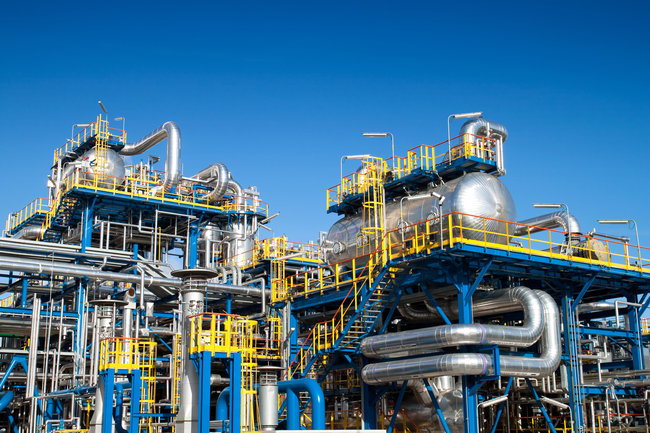Overview
Sulfur recovery units play a crucial role in mitigating atmospheric emissions by efficiently converting hydrogen sulfide (H2S) and other sulfuric compounds into elemental sulfur, thereby reducing the release of harmful pollutants.
Our teams have designed and built a record 150 sulfur-recovery plants—most based on proprietary technologies and design. They are all tailored solutions with either air-Claus or air-oxygen-enriched Claus tail gas treatment, and sulfur degassing process. Our sulfur plants deliver recovery efficiency of 99.9+%.

Tail gas treatment
Stricter environmental regulations call for constantly improving removal and recovery efficiencies, and define the design of the process line-up. The most appropriate selection of solvents is another critical factor.
The significant improvement of recovery efficiency to over 99.9%, without external sources of reducing agent, can reduce the carbon footprint of the sulfur-recovery units while improving the thermal efficiency of the process.
Claus process
This chemical process is used to convert gaseous hydrogen sulfide (H2S) to elemental sulfur (S). It may have different implementations depending on the concentration of H2S in the gas and the type of contaminants to be dealt with.

Acid gas removal
This process removes H2S and CO2, along with sulfur organic species (RSH, COS, CS2) from process gas.
Sour water stripping
A fractionating tower removes hydrogen sulfide (H2S) and ammonia (NH3) from sour water before conveying it to waste-water treatment.


